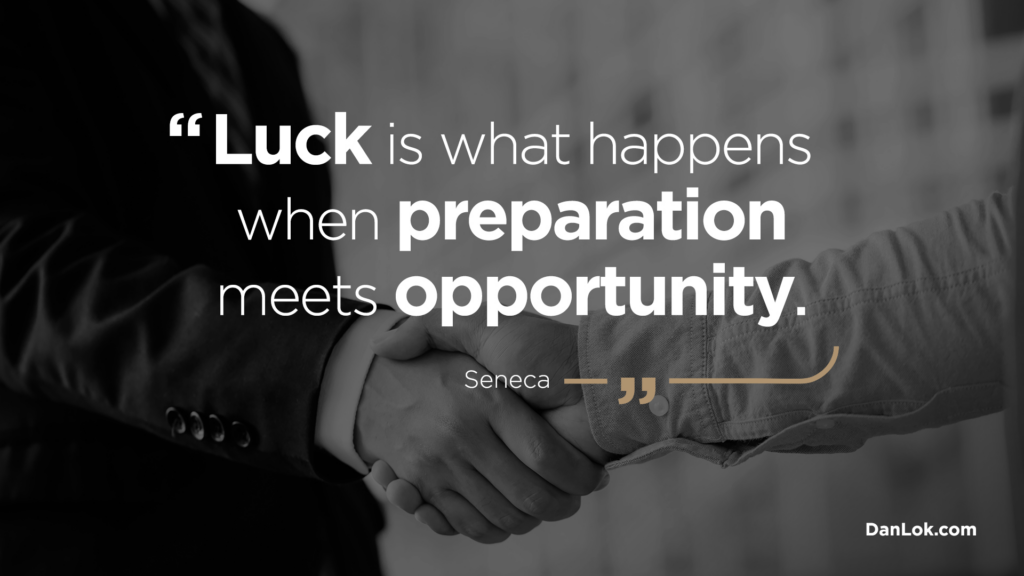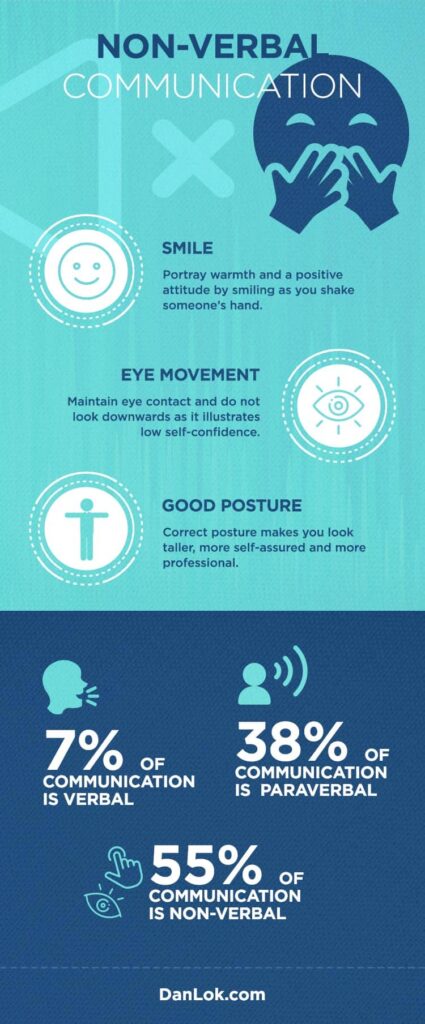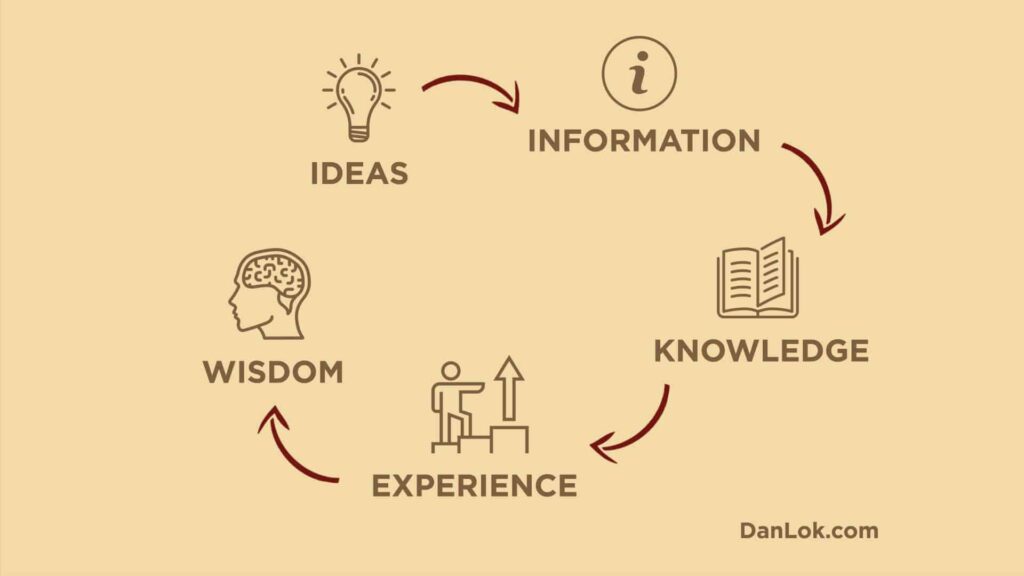Do you know how to conduct an elevator pitch, if you unexpectedly find yourself face-to-face with a high-ticket client? Imagine that your dream client gets into the same elevator as you, just by chance. It’s your lucky day, because you are alone in an elevator with a powerful decision-maker. This is it. This is your golden opportunity.
You would never want an opportunity like this to go to waste, all because you froze up, didn’t know what to say to them, and didn’t know how to conduct an elevator pitch. When you actually visualize your dream client getting into the same elevator as you, by pure luck, it’s understandable why the concept of the elevator speech is so fundamental.
Remember that ‘luck’ happens when preparation meets opportunity. This expression is attributed to the Roman philosopher Seneca, and reminds us that we create our own luck.

By memorizing an irresistible elevator pitch, you’re ensuring that the opportunity won’t go to waste. You’re ensuring that bumping into an influential person in an elevator will be lucky, rather than a tragic, lost opportunity.
What Exactly is an Elevator Pitch?
An elevator pitch is a short description of an idea, product, service or company that explains the concept in a clear and concise way, so that the listener can understand it in a short period of time. A captivating elevator speech should entice the listener by overviewing a problem they have and do not want, or a result they want, but have not yet achieved.
Short and sweet, elevator pitches are nothing if not persuasive. In essence, an elevator pitch is a compelling summary or overview of your offer. Think of your elevator pitch as the most important bullet points of your sales pitch.
An elevator pitch is a short and compelling summary of your offer. Think of your elevator pitch as the most important bullet points of your sales pitch. Click To TweetThe original term stemmed from actual sales pitches taking place in elevators, back when catching a Hollywood executive in an elevator was a golden opportunity for the likes of a hopeful screenwriter. Today, the term is used for any sales pitch delivered quickly, concisely and effectively.
A common myth is that elevator pitches must be only 30 – 60 seconds long. An elevator pitch doesn’t actually have to be quite that short. However, it’s certainly not a bad idea to have a 60 second version memorized – just in case you just happen to ride the elevator with a top executive.
Is it possible to have an impact on someone in under 60 seconds? Absolutely. You can be remembered by someone based on a short and compelling elevator pitch.

Where Did the Term “Elevator Pitch” Come From?
It’s popular belief that the term “elevator pitch” comes from the studio days of Hollywood, when aspiring screenwriters knew they might catch an unsuspecting Hollywood executive on an elevator ride. There, with the decision-maker trapped within the confines of an elevator, the screenwriter would quickly pitch their idea during a 30 second elevator ride, hoping to make an impression in a very limited amount of time.
There are, however, other origin stories for the elevator pitch. One commonly-known origin story is that of Ilene Rosenzweig and Michael Caruso, two Vanity Fair journalists in the ’90s. Caruso was a senior editor at Vanity Fair and, according to Rosenzweig, he was always attempting to pitch story ideas to the Editor-In-Chief. However, he could never pin her down long enough to pitch her, because she was so busy. In order to pitch his story ideas, Caruso would join the Editor-In-Chief during her elevator rides. This was one of the few occasions where she would actually listen to him. Thus, the concept of an elevator pitch was created.
Essentially, the concept of an elevator pitch originated because high-level executives at companies (the decision-makers who you want to pitch yourself to) are notoriously tight on time. There may not be many opportunities to get their time or attention, but an elevator ride is a window of opportunity. Pitching a busy executive during an elevator ride is a wise way of finding the time to deliver your pitch.

It Might Not Happen in an Elevator
You need an elevator pitch ready at all times. You literally never know where you’re going to meet your next high-ticket client. It could be in an elevator, but of course elevator pitches don’t always take place in elevators. It could happen at a networking event, it could happen on a train, you might meet a prospect at an open-bar mixer before a conference, or you could even meet your next client in line at Starbucks.
Imagine for a moment that you’re in line at Starbucks. It’s the morning rush. Two businessmen are behind you in the line-up. You can’t help but overhear them discussing their need for an excellent SEO copywriter. You just happen to be an SEO copywriter. That just so happens to be your high income skill. You can turn around, tell those businessmen that you couldn’t help overhearing, and pitch them on why they should hire you. But if you’re going to pitch them, you’d better have a solid elevator pitch memorized.

The Modern Day Elevator Pitch
An elevator pitch is not a new concept, yet it’s still relevant and widely used. The reason the term “elevator pitch” is still used today, is because it’s important to have a very short version of your sales pitch memorized, in case you’re lucky enough to get even just one minute of an important executive’s time.
Because the short version of your sales pitch should not be much longer than the average elevator ride, the term “elevator pitch” has stuck around, and is used when referring to the quick version of your pitch.
This type of quick sales speech is not only used by modern business people and high-ticket closers, it’s also used in interviews. When you sell yourself in an interview, that is essentially an elevator pitch about yourself. An elevator pitch for an interview is a short sales pitch on why you’re the best candidate for the job.
Today’s elevator pitches are also used by students. If you are a student networking at a career fair, you might memorize a short “elevator pitch” that provides an overview of your skills, experience, passions and goals. That way, a company’s representative will be more likely to remember you, and put you in touch with HR.
Generally speaking, a modern elevator pitch is a condensed version of a sales pitch, used by entrepreneurs and people in business, with the object of obtaining a longer sales meeting.
An elevator pitch is a condensed version of one's sales pitch, with the object of obtaining a longer sales meeting. Click To TweetIn her book Small Message, Big Impact: The Elevator Speech Effect, Terri L. Sjodin explains how an elevator ride is a metaphor for an unexpected window of opportunity where one does not have much time to act. In her book, Sjodin explains,
An elevator ride is a metaphor for an unexpected window of opportunity. Click To TweetAn elevator ride is a metaphor for unexpected access to someone you want to sell on some idea, project or initiative.
The Difference Between an Elevator Pitch and a Sales Pitch
Yes, an elevator pitch is a form of sales pitch, but there are key differences between the two. A sales pitch typically occurs when a lead has expressed interest and agreed to a meeting to hear more about your offer. An elevator pitch is the short and compelling introduction of your offer that gets a prospect interested.
It is often because of an impressive elevator pitch, that a prospect agrees to a sales meeting where you will deliver a more in-depth sales pitch. While elevator pitches are more casual and conversational, a sales pitch is typically longer and more formal.
The Anatomy of a Great Elevator Pitch
A successful elevator pitch will be short, clear, direct, and uncomplicated. The message should be extremely clear, as should the value proposition. What makes you different or better than other options out there? Below is the anatomy of a great elevator pitch:
1. The Hook: The hook draws the listener in, and should happen right away, within the first sentence or two of your elevator pitch. The hook can be a question, such as “Have you ever wondered how certain businesses similar to yours have two, three, or four times as many social media followers as you, even though they haven’t been around as long as you?”
2. The Problem: The goal is to lay out a common problem that you have a solution for, hoping that the listener will resonate with this problem because it’s one they are currently experiencing.
3. The Value Proposition: Your value proposition, or your USP (unique selling point) is a clear explanation of how your product or service solves the problem in a unique or better way. You need to be certain of the specific value you offer. If you have a special skill, know how to explain why your unique skill is so valuable. What is your superpower? If you have a special, highly sought-after skill, then build your pitch around that.
4. The Benefits: In one or two sentences, briefly lay out the benefits that come with solving this problem. For example, you could briefly provide some statistics on how social media followers convert to customers.
5. The Foot in the Door: Don’t forget to ask for their contact information so that you can schedule a meeting to discuss your offer in more detail. Remember to end your elevator pitch with your foot in the door. You could say something like, “Since you’re interested, why don’t we schedule a meeting?” Another option is to ask them a question it’d be hard to say no to, such as, “I’d love to rewrite one of your ads for free, just to show you what I can do. How does that sound?” In general, the goal of every elevator pitch should be to set up a time to talk in more detail, and to get the contact information of the person you pitch.
Other Key Components of a Successful Elevator Pitch
What are some other qualities of a successful elevator pitch? For one thing, you need to know how to properly introduce yourself. You’ll start by introducing yourself, with your full name. Then, provide some brief background. Say something like, “I’ve been an SEO copywriter for 10 years.”
Ask questions. You don’t want to talk at someone. Elevator pitches should have a conversational, informal, and easy-going feel to them. Be sure to sound natural, not scripted.
Building rapport within a short pitch can be achieved various ways, for example through compliments. Compliment them with comments such as, “I am a huge fan of your brand” or even, “That’s a great suit you have on.”
Elevator pitches are best delivered in person. Most people want to hire someone they like and have met in person. Hiring a faceless candidate who submitted a resume online is less ideal.
Enunciate your words and speak slowly, because they are hearing your offer for the first time. That means you can’t talk too fast, as you have to give them a chance to process what you are saying.
It’s key that both your verbal and non-verbal communication skills are on point. Why does this matter? Because it’s not just what you say in an elevator pitch that matters. It also matters how you deliver the pitch. Your tone of voice should be strong, upbeat and confident during an elevator pitch. A stand-up comedian could deliver the exact same joke to two different audiences in two different ways, and only make one of those audiences laugh. It’s all in the delivery. If you have personality in your voice, people will pay more attention. If you speak in monotone and you don’t sound upbeat or excited, people will tone you out. Now, let’s discuss non-verbal communication.

Body Language: What You Need to Know About Non-Verbal Communication
Non-verbal communication such as your body language, can make a world of difference in how your elevator pitch is received.
Body language is a strong indicator of one’s confidence. If you stand up straight, stand tall, and stand with good posture, you’ll appear more confident during your elevator pitch. Why does this matter? Because if you don’t seem confident in yourself, your prospect won’t be inclined to feel confident about you, either.
Don’t forget about other non-verbal cues that improve your overall delivery, such as eye contact, hand gestures, and a nice big smile.
Your eye movements matter, too. Looking downwards or off to the side reflects low self-confidence. That’s why your best bet is to maintain eye contact during the delivery of your pitch.
Many people argue that non-verbal communication such as one’s body language, is even more important than verbal communication.
Albert Mehrabian, who was a Psychology professor at the University of California, was known for his extensive research on non-verbal communication and its importance. In his popular book Silent Messages, Mehrabian concluded that prospects base their assessments of credibility on factors other than the words spoken verbally by the salesperson.
Build Your Pitch Around a Niche Area of Focus
The more narrow or niche your area of focus is, the more unique your service is. This is a good thing. People are more likely to remember you and the service you provide, if it’s very niche, and narrow in focus.
Many people mistakenly think they will miss out on opportunities and lose clients by being too narrow. But it’s actually the opposite. Being narrow positions you as an expert. They will have that “ah hah!” moment feeling that you offer exactly what they’re looking for. And when that happens, price is not typically an issue.
Let’s imagine a relationship coach’s elevator pitch as an example. A relationship coach who says “I help people solve their relationship problems” won’t get very many clients. But if they say, “I help married couples on the brink of divorce save their marriage and rediscover their love for each other”, they will get more clients. Being an expert on one specific thing holds tremendous marketing power.
How to Memorize Your Elevator Speech
Practice, practice, practice. Rehearse your elevator pitch to friends, family, or by yourself in front of your mirror. Repetition is how you memorize a speech. Practicing it out loud helps you memorize it, too. While you practice your elevator speech, you can also change it, modify it, and continue to test it out. Just like a stand-up comedian tests his jokes in front of a live audience to see which jokes get the most laughs, you can test different versions of it with friends.
When you set out to memorize an elevator pitch, you’ll first need to write it out. How long should an elevator pitch be, on paper? It should definitely be less than one page long. Aim for about half a page, or a maximum of 250 words.
While you’re rehearsing your speech, get some feedback from friends and family about your non-verbal and verbal communication skills. Since elevator speeches are a form of public speaking, ask yourself if you are confident when it comes to public speaking. If not, continue to practice your elevator pitch on real people, so that you can get used to the idea of public speaking. Since your elevator pitch won’t always be delivered to just one person, and can sometimes be delivered to a group of people, it’s crucial that you develop some public speaking skills.
Elevator Pitch Mastery
A great elevator pitch is a key component of a first impression. Introducing yourself at a business event could lead into an opportunity to deliver an elevator speech to a powerful decision-maker. How can you become a master at conversation, so that when you conduct an elevator pitch, you’ll successfully make a great impression? My Perfect Closing Script is a great resource to use when crafting a compelling elevator pitch. By reading my exclusive Perfect Closing Script first, you’ll have an easier time when you write and memorize your perfect elevator pitch.




